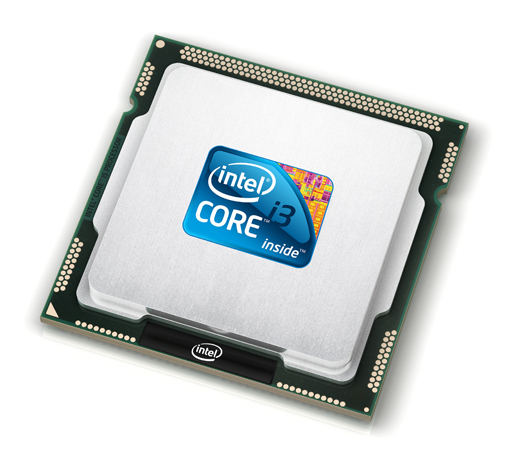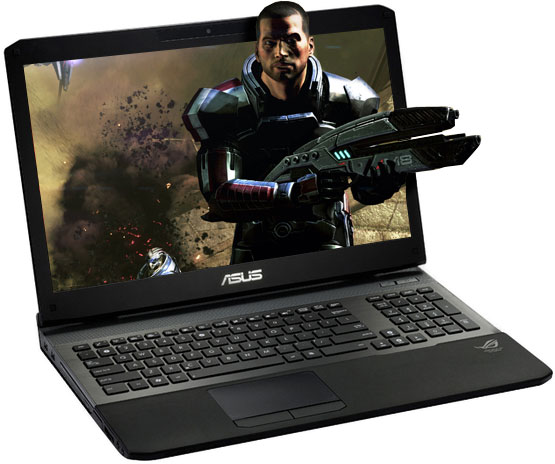Tablets are convenient and fun, but
if you want to do anything more than the lightest tasks, you need a laptop.
Tablet PCs may be all the rage these days,
but when you want to get down to some serious emailing do some proper work or
enjoy the latest immersive games, you need a laptop. The good news is that it's
possible to buy a seriously high-quality laptop for only slightly more than the
price of a tablet.
We’ve looked at 10 budget- to mid-range
laptops that cost between $396 and $867 including VAT. Each model comes with at
least 4GB of RAM, which is plenty for running Windows 8, and is powerful enough
to provide a fast, smooth desktop experience. Despite their low prices, the
laptops on test all have impressive specifications, and some even include
touchscreens and come with Intel’s Ultrabook branding, which guarantees a
powerful PC in a lightweight chassis.
It’s what's inside that counts
Eight of the 10 laptops we‘ve looked at
this month have Intel processors, ranging from a low-end Celeron B820 to the
latest mobile Ivy Bridge Core i7 chip Most mid-range laptops use either Core i3
or Core i5 Ivy Bridge processors. But even the stripped-down Celeron processor
proved much more capable in our tests than netbook-style processors such as
Intel’s Atom and AMD’s E-series.

Dell
Inspiron
We also saw a couple of quad-core AMD A8
Trinity processors, which achieve similar scores to a low-power Intel Core i3
in our multimedia application benchmarks but have much more powerful on-chip
graphics. Some of the laptops have 6GB or even 8GB of RAM. Although this won't
make much difference when running normal Windows applications, it will help
when running several memory-intensive programs at once and can make a big
difference during intensive tasks such as image editing.

Intel
Core i3
“Despite their low prices, the laptops on
test have impressive specifications, and some even come with touchscreens and
have Intel’s Ultrabook branding”
All the laptops we’ve tested have at least
a 500GB hard disk, which provides room for thousands of image and music files,
and some have up to 1TB of storage. You’ll rarely run out of space on a modern
laptop. Not all have built-in optical drives, though, so if you prefer to watch
DVDs than stream movies from the internet or you like to archive to CD, make
sure you choose a laptop with a DVD writer.
Game on
Most of the laptops we’ve looked at this
month use their processor's integrated graphics chipset. This shares memory
with the operating system, leaving less for your programs. Few integrated
graphics chipsets are powerful enough to run modern 3D games unless you lower
the resolutions and quality settings, but they should cope with older titles
and can handle HD video with ease. Integrated graphics are also fine for casual
games from the Microsoft Store, which is built into Windows 8.

3D
Game on Laptop
Dedicated graphics chipsets have their own
memory and are faster than integrated graphics when it comes to gaming, but
they vary widely in power, so having a dedicated graphics chipset is no
guarantee that a laptop will be able to play the latest games. We test laptop
graphics by running a timed benchmark in Dirt Showdown at high quality, 4x
anti-aliasing and a 1,280x‘720 resolution. If a laptop can run the test at
30fps or more, it should be able to provide smooth gameplay in modern titles at
high detail levels. Laptops with dedicated graphics don't necessarily suffer
from poor battery life, either. Many laptops switch to using the laptop’s
integrated graphics when the extra power of a dedicated chipset isn’t needed,
so using less power.
Screen scene
You can’t upgrade a laptop’s screen, so
it's vital that you choose one with a decent display. We mention the quality of
the screen in each review. Most laptops with 15in screens or smaller have
resolutions of 1,366x768, which is fine for web browsing and 720p video, but
1,600x1,200 and even 1,920x1,080 screens are starting to appeal; too. Larger
resolutions are useful for multitasking as you can work on two documents side
by side, and 1080p displays are perfect for watching full HD video, but you
won't generally find one on a laptop for less than $913.

Asus
Taichi
Many laptop screens have a glossy finish,
which can produce more vibrant colors and deeper contrast but can also cause
reflections. If you work in a room with bright overhead lights, the glare can
make it tricky to see what's on the screen. Business-oriented laptops often
have glare-reducing matt screens, but the trade-off is a less punchy display
that doesn't show off games and films at their best.
Windows 8 has more touchscreen-friendly
features than any previous version of the operating system, so we were pleased
to see a couple of touchscreen-equipped laptops in the test. The Windows 8
Start Screen and many of the associated apps have been optimized for touch
control, but the operating system is very easy to use with a keyboard and
touchpad. A touchscreen will inevitably pick up fingerprints, so it's worth
having a cleaning kit to hand.
Weighty matters
A laptops size, weight and battery life are
less important if you plan to keep it on your desk all the time, but if you
want to carry it around and use it while travelling you’ll need to consider how
long its battery lasts.
Judging the longevity of a laptops battery
is always difficult, as it depends on the applications you use. Relatively
undemanding programs such as web browsers, email clients and word processors
use far less battery power, for example, than games and video playback. The
batteries in most modem 15in laptops last for at least five hours in our
light-usage test, which simulates web browsing but lighter laptops that are
designed to be carried around should last longer, and a typical ultraportable
should work for at least six hours on a full charge.

Laptop
Asus U46
Screen size is a good indicator of how
heavy a laptop will be. Ultra-portables tend to have 13in screens or smaller
and weigh between 1kg and 1.6kg, but they often sacrifice power and features
such as an internal optical drive Larger 15in models often weigh between 2kg
and 3kg, while models with 17in screens or larger can weigh over 3kg.
A light touch
No matter how powerful a laptop is, it will
be unpleasant to use if its keyboard or touchpad are badly designed. The best
keyboards have well-spaced keys for easy typing. So-called ‘Chiclet-style’
keyboards have flat keys with rounded comers and space all round them. Smaller
laptops often have keyboards that deviate from the standard layout or include
half-size keys that can be fiddly to use. Some 15in laptops and most 17in
models also have separate numeric keypads. Our reviews describe what each
keyboard is like to use.
Few people use a mouse with their laptop,
so it's important to have a good touchpad. We state whether a touchpad is
responsive and accurate Most new touchpads support multi-touch gestures, which
are useful for zooming in or accessing shortcuts to bring up Windows 8 features
such as the Charms bar.
Emergency rescue
Warranties vary greatly. The minimum
warranty you can expect lasts for a year and offers return-to-base service so
you’ll have to pay for any shipping costs incurred when sending the laptop back
to the manufacturer for repair. Some warranties are longer or offer a
collect-and-return service, where the manufacturer covers shipping costs.
Onsite warranties are rare for consumer laptops but are more common for
business models. With an onsite warranty, the manufacturer repairs the laptop
on your premises or swaps the faulty unit for a replacement.